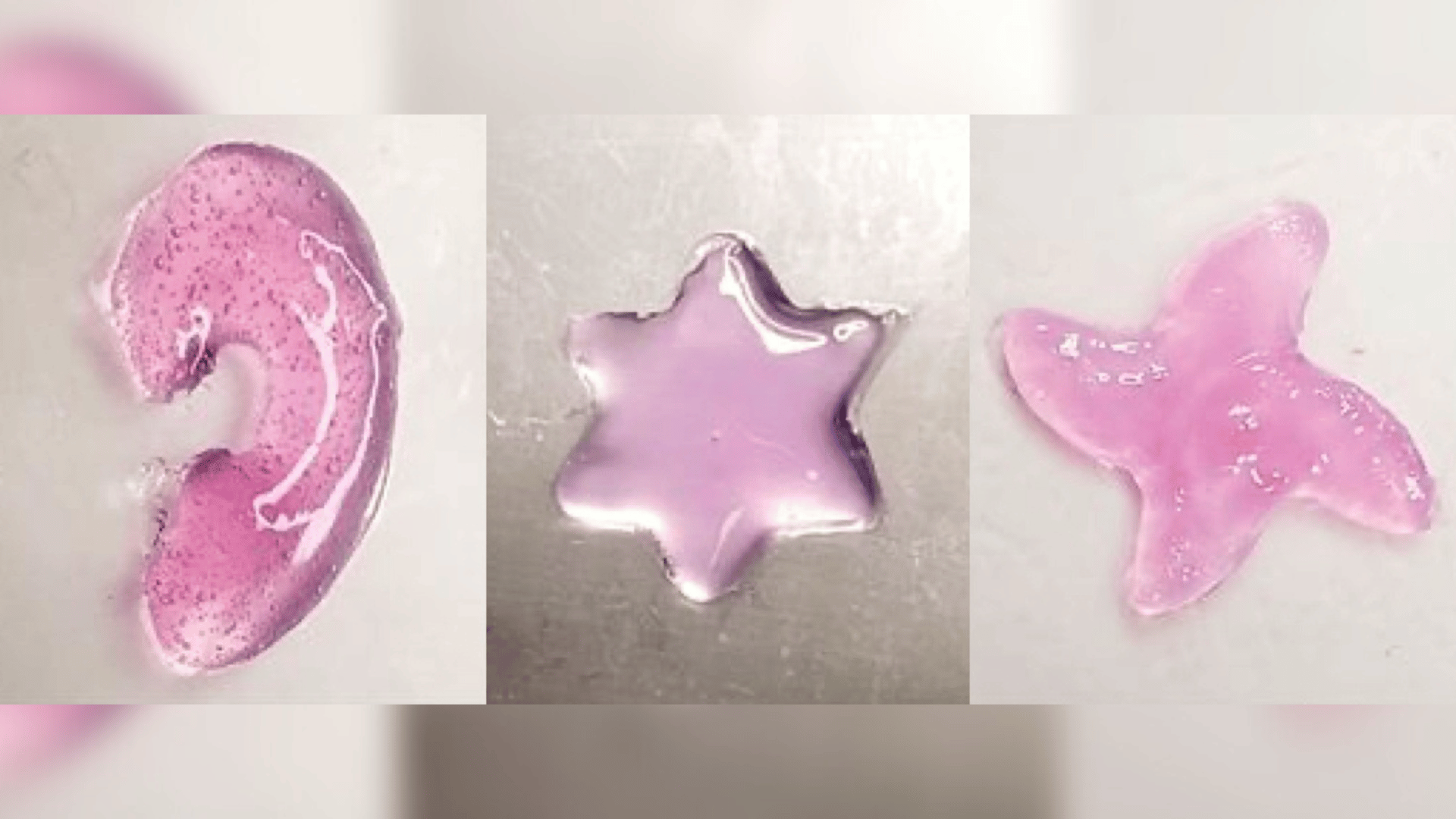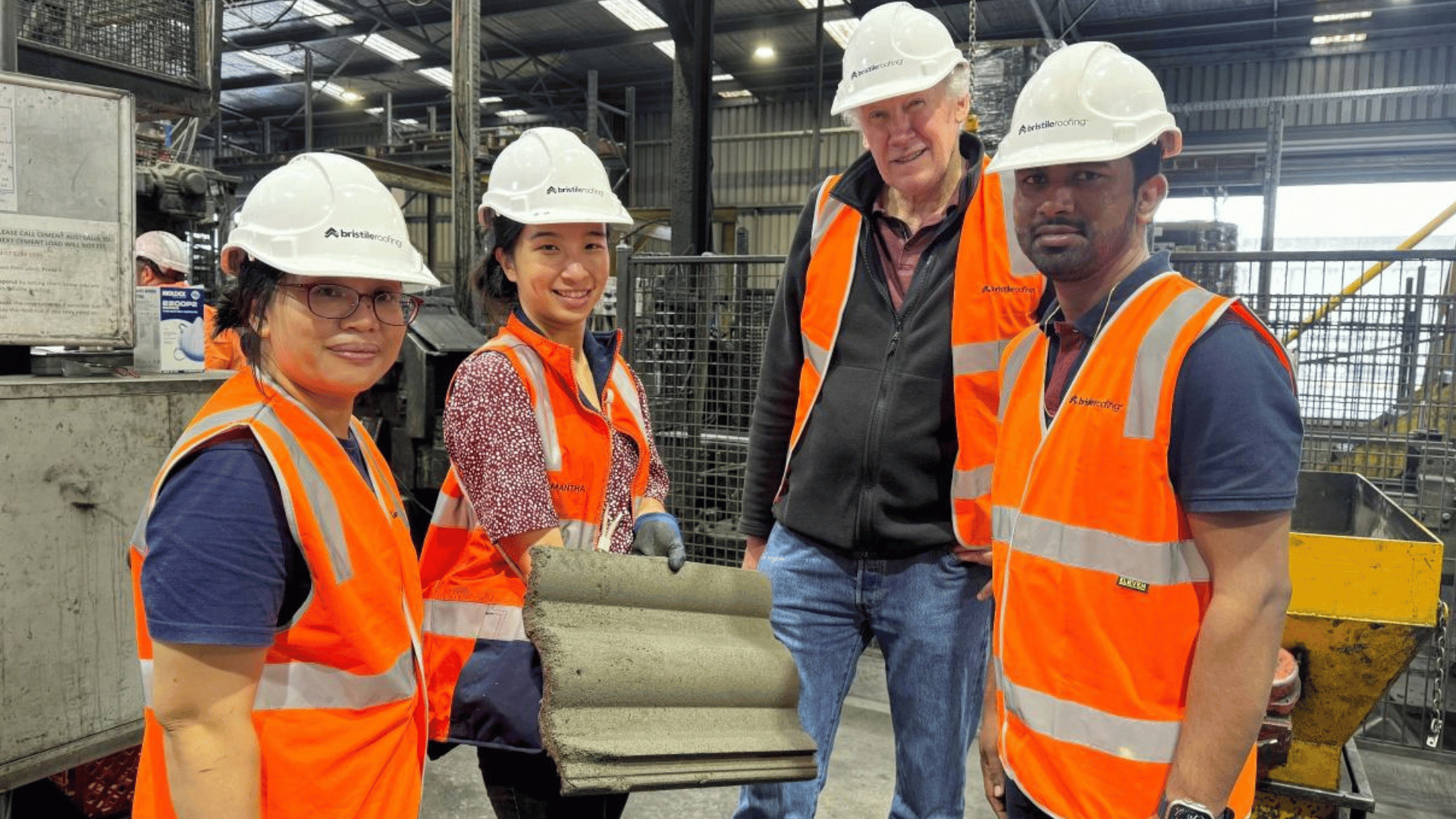U.S. scientists have created a method of 3D printing materials directly inside the body using ultrasound. The technique could allow doctors to deliver cancer drugs directly into organs or repair injured tissue without extensive surgery.
3D Printing in Vivo

The new method, called deep tissue in vivo sound printing (DISP), involves injecting a specialized bioink with polymer chains and crosslinking agents to assemble them into a hydrogel structure. Additional ingredients will vary depending on the intended function within the body.
According to Science Alert, crosslinking agents are encased inside lipid-based particles called liposomes, with outer shells designed to leak when heated to a few degrees above body temperature. This is engineered to keep the hydrogel from forming until it reaches the intended internal area.
Led by scientists from the California Institute of Technology (Caltech), the team behind the project used a beam of focused ultrasound to heat and create holes in the liposomes. This released the crosslinking agents, causing the hydrogel to form within the body.
Though previous studies have attempted to do something similar with infrared light, ultrasound was selected as the trigger for this project because it can inject deeper bioinks. The new research was published in the journal Science.
“Infrared penetration is very limited. It only reaches right below the skin,” stated Wei Gao, a biomedical engineer at Caltech. “Our new technique reaches the deep tissue and can print a variety of materials for a broad range of applications, all while maintaining excellent biocompatibility.”
Testing on mice and rabbits, the team discovered that different versions of the hydrogel could be used to repair damaged tissue, deliver drugs, and monitor electrical signals for tests like electrocardiography. In rabbits, for example, researchers printed pieces of artificial tissue at depths of up to 1.6 inches below the skin.
Researchers noted that no toxicity was detected from the hydrogel, and the leftover liquid bioink is naturally flushed from the body within seven days.
“Our next stage is to try to print in a larger animal model, and hopefully, in the near future, we can evaluate this in humans,” stated Gao. “In the future, with the help of AI, we would like to be able to autonomously trigger high-precision printing within a moving organ such as a beating heart.”







